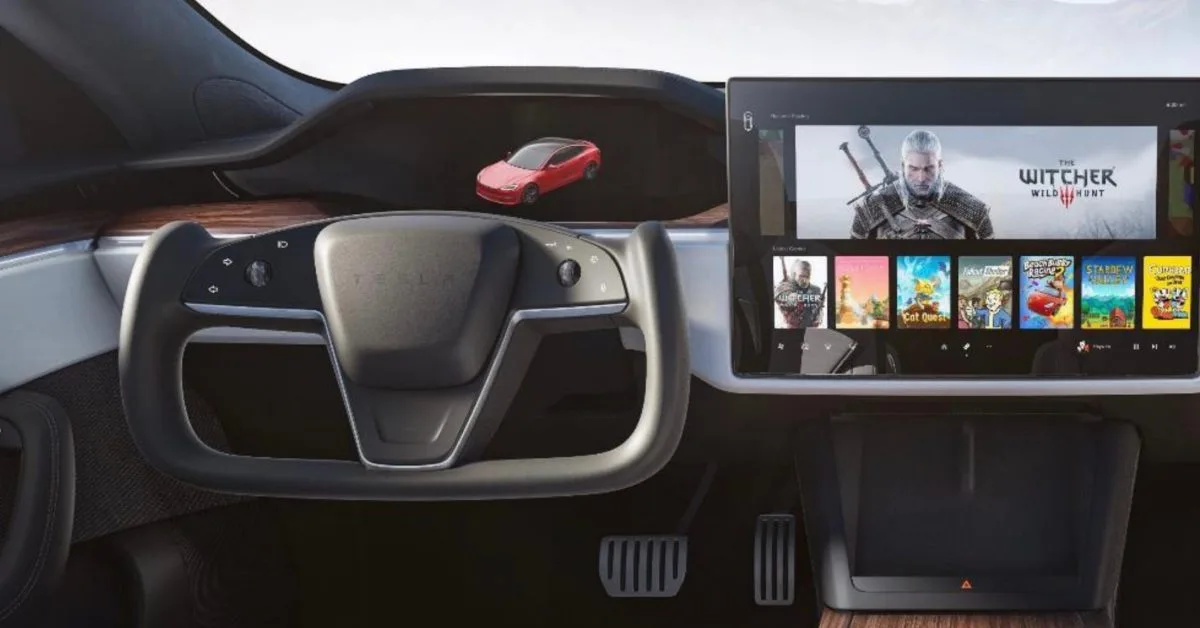Even with FSD, I don't think we can be anywhere close to a comparable cohort.
To expand on the safety equipment, I wager the average driver with their 12.5 year old car also doesn't have regen braking. So while 99% of Teslas likely have near pristine brake systems due to age and regen braking, the average driver is more likely to experience "surprise, your brakes are out!"
Also, particularly based on my time with rural folk with cars in the woods, I'm highly doubtful that no matter how aggressive FSD may be, it won't be as daring as some dubious human operators in that "average" cohort.
Also, I'd wonder how Tesla would treat an FSD deactivation by driver intervention. If a crash is unavoidable and imminent, I'd imagine an aware driver might manage to yank the wheel in time to deactivate, but still get in an airbag deploying crash.
There's also some potetntial slush around "accidents that activate airbags". Different models have different sensitivies.
But all this falls second to a primary concern: never trust what amounts to marketing data from any company compared to something like NHTSA data.
Would be interesting if someone could do the legwork to manage "like for like" to tell safety due to:
-General age of car in general
-Regenerative braking versus standard
-Stability control, collision avoidance, automatic braking and so forth
-Like for like driving conditions
-Data for Teslas including human operation, autopilot and FSD. Particularly if human operator, but FSD was on less than 10 seconds before impact.

